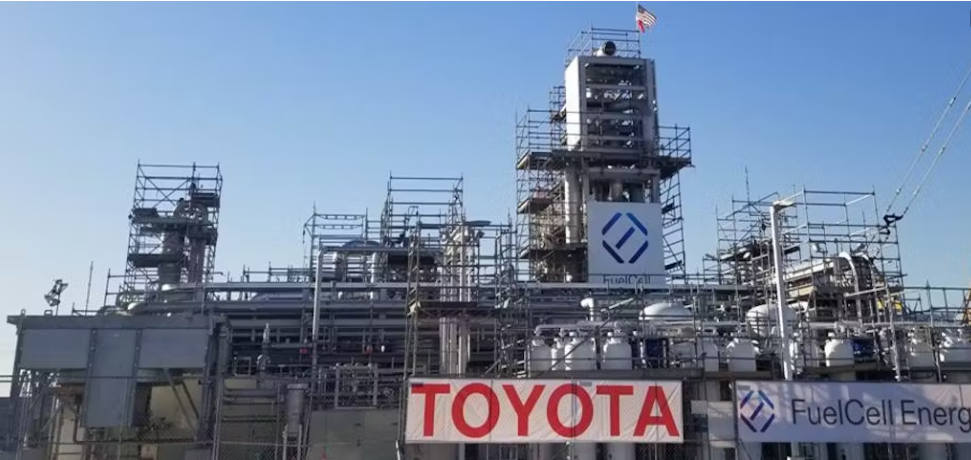Utilities Eye Hydrogen Microgrids for Decarbonization, Resilience
Source: Lisa Cohn | · MICROGRID KNOWLEDGE · | May 26, 2023
Utilities are eyeing hybrid microgrids – which include hydrogen and other sources of renewable energy – to meet their decarbonization goals, respond to sustainability concerns from commercial and industrial customers, integrate renewable energy and provide resilience for customers.
Depending on the state, utilities have to comply with an array of decarbonization policies, said Mark Feasel, executive vice president and chief commercial officer at FuelCell Energy. In some cases, they’re shifting the composition of their generation, eliminating coal or moving away from natural gas.
To meet their decarbonization goals, utilities are adding more solar and wind energy, which can pose challenges because they’re intermittent resources. Utilities are also thinking about introducing hydrogen for long-term storage that helps firm up wind and solar.
“Instead of turning off solar and wind, they can feed those resources into a fuel cell or electrolyzer, and make and store hydrogen,” explained Feasel. “It will become long-term storage.” This allows utilities to monetize solar and wind, rather than turning away excess renewable resources.
And hydrogen can help for longer periods than batteries; after four hours, hydrogen is less expensive than batteries, said Feasel.

